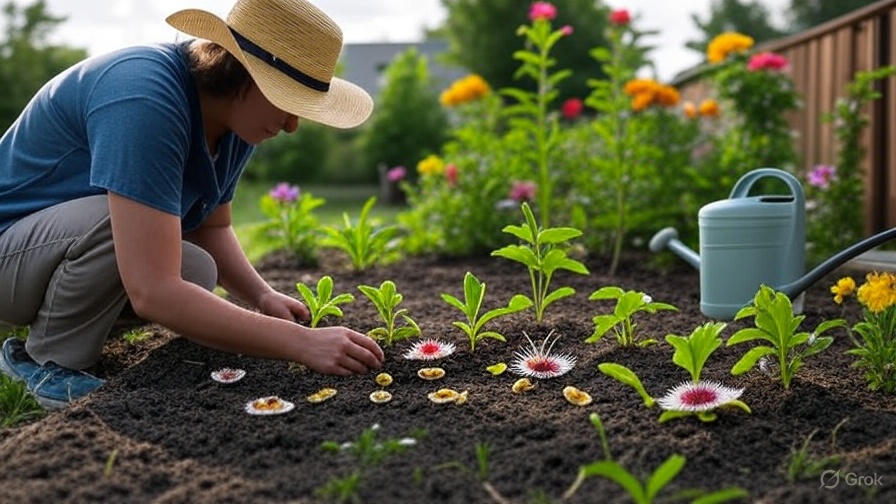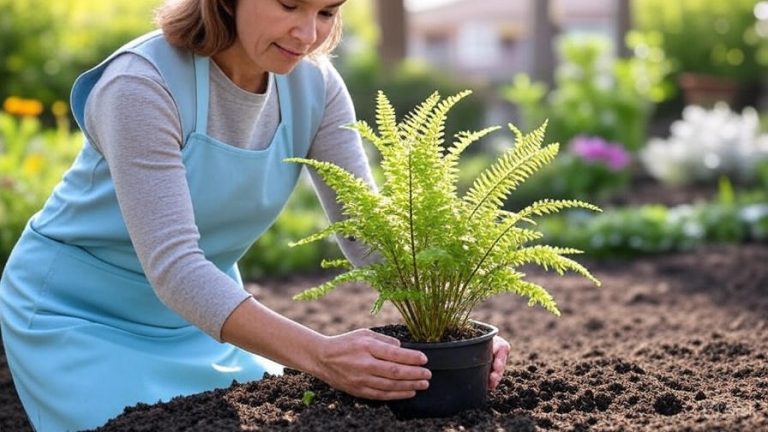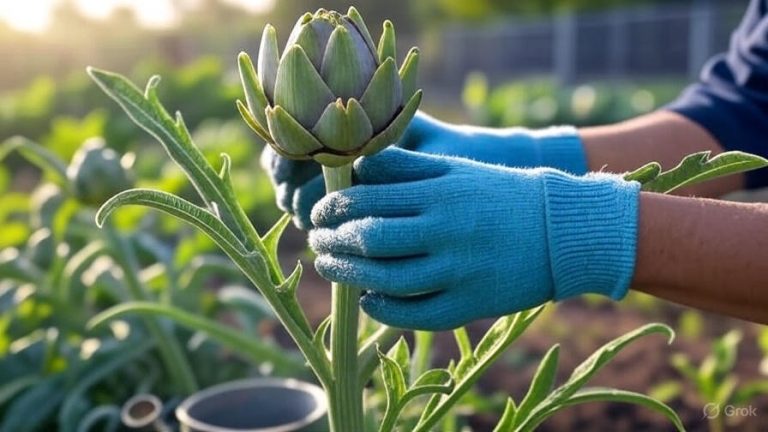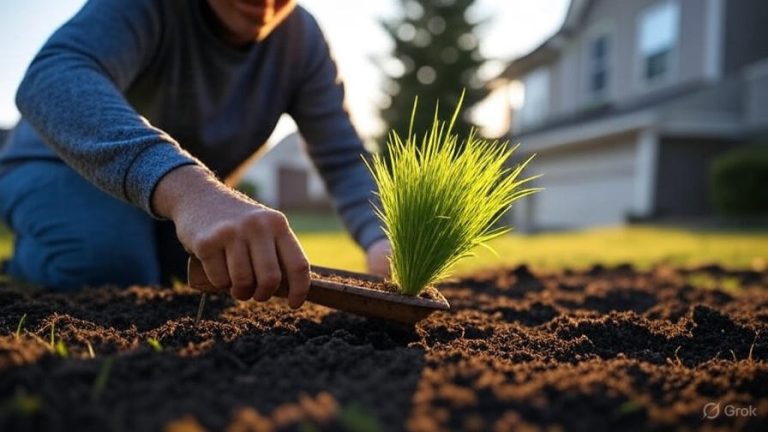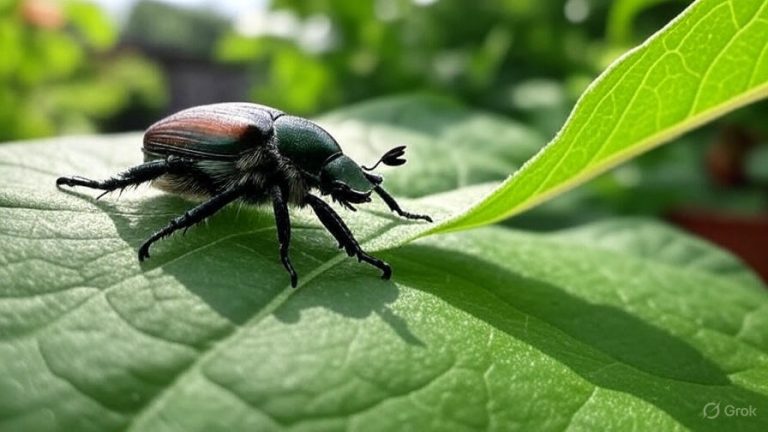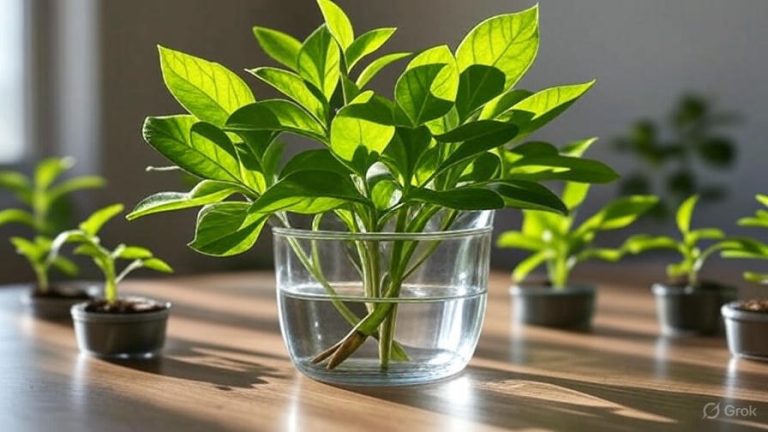How To Plant Passion Flower Seeds?
The passion flower, with its intricate and exotic blooms, captivates gardeners and nature enthusiasts alike. Cultivating these beauties from seed offers a rewarding experience, allowing you to witness the miracle of life unfold in your own backyard. However, germinating passion flower seeds can sometimes present a challenge. This comprehensive guide provides you with all the knowledge and step-by-step instructions you need to successfully plant passion flower seeds and nurture them into thriving vines. Let’s embark on this exciting journey together!
Understanding Passion Flowers
Before diving into the planting process, it’s helpful to learn a bit more about passion flowers. These vigorous climbers, belonging to the Passiflora genus, are native to tropical and subtropical regions of the Americas. They are prized for their unique floral structure, often featuring prominent stigmas, stamens, and a corona of filaments. Beyond their aesthetic appeal, many passion flower varieties produce edible fruits, such as the well-known passion fruit (Passiflora edulis).
Passion Flower Varieties
Numerous passion flower species and cultivars exist, each offering its own distinct characteristics. Some popular choices include:
- Passiflora edulis (Purple Passion Fruit): Known for its delicious, tangy fruit.
- Passiflora incarnata (Maypop): A hardy, native North American species with edible fruit and medicinal properties.
- Passiflora caerulea (Blue Passion Flower): A relatively cold-hardy species with striking blue and white flowers.
- Passiflora alata (Winged-Stem Passion Flower): Features large, fragrant red flowers.
- Passiflora lutea (Yellow Passionflower): Native to the eastern United States, this variety produces small yellow flowers.
Considerations Before Planting
Before you even think about sowing seeds, consider the following factors:
- Climate: Most passion flower varieties thrive in warm climates (USDA zones 7-11). However, some, like P. incarnata, can tolerate colder temperatures.
- Sunlight: Passion flowers generally need at least 6 hours of direct sunlight per day to flower profusely.
- Support: These are climbing vines, so provide a trellis, fence, or other support structure for them to grow on.
- Soil: Well-draining soil is essential. Passion flowers don’t like to sit in soggy conditions.
Gathering Your Supplies
To successfully plant your passion flower seeds, you’ll need to gather the following materials:
- Passion flower seeds: Obtain seeds from a reputable source. Fresh seeds generally have a higher germination rate.
- Seed starting mix: Use a well-draining, sterile seed starting mix to prevent fungal diseases.
- Small pots or seed trays: Choose containers with drainage holes.
- Sandpaper or a nail file: For scarifying the seeds (more on this later).
- Warm water: For soaking the seeds.
- Clear plastic wrap or a humidity dome: To maintain moisture levels.
- Spray bottle: For misting the soil.
- Heat mat (optional): To provide bottom heat, which can improve germination.
- Grow lights (optional): If you’re starting seeds indoors during the winter.
- Plant labels: So you don’t forget what you planted!
Preparing Passion Flower Seeds for Planting: Scarification and Soaking
Passion flower seeds often have a hard, impermeable seed coat that prevents water from penetrating and initiating germination. To overcome this dormancy, two key techniques are employed: scarification and soaking.
Scarification: Weakening the Seed Coat
Scarification involves gently weakening the seed coat to allow moisture to enter. Here’s how to scarify passion flower seeds:
- Choose your method: You can use sandpaper, a nail file, or even a sharp knife (exercise extreme caution if using a knife).
- Gently abrade the seed coat: Rub the sandpaper or nail file lightly over the seed coat, just enough to scratch the surface. Avoid damaging the inner part of the seed. If using a knife, carefully make a small nick in the seed coat.
- Be careful: The goal is to thin the seed coat, not to completely remove it.
Soaking: Hydrating the Seed
After scarification, soaking the seeds in warm water helps to further soften the seed coat and hydrate the embryo. Follow these steps:
- Place the scarified seeds in a small bowl or container.
- Pour warm (not hot) water over the seeds. The water should be about 80-90°F (27-32°C).
- Soak for 24-48 hours. Change the water every 12 hours to prevent the growth of bacteria or fungi.
- Observe the seeds: Some seeds may swell slightly during soaking, indicating that they are absorbing water.
Planting Passion Flower Seeds: A Step-by-Step Guide
Now that you’ve prepared your seeds, it’s time to plant them!
- Fill your pots or seed trays with seed starting mix. Leave about half an inch of space at the top of the container.
- Moisten the soil: Water the soil gently until it’s evenly moist but not waterlogged.
- Sow the seeds: Plant the seeds about ¼ to ½ inch deep. Space them about 1-2 inches apart in seed trays, or plant one or two seeds per pot.
- Cover the seeds: Gently cover the seeds with a thin layer of seed starting mix.
- Maintain humidity: Cover the pots or seed trays with clear plastic wrap or a humidity dome to create a humid environment. This helps to prevent the soil from drying out.
- Provide warmth: Place the containers in a warm location. A temperature of 70-80°F (21-27°C) is ideal for germination. A heat mat can be helpful, especially in cooler climates.
- Provide light: If you’re starting seeds indoors, provide adequate light. Place the containers near a sunny window or use grow lights.
Caring for Seedlings: Nurturing New Life
Once your passion flower seeds have germinated, it’s crucial to provide proper care to ensure their healthy growth.
Watering
Keep the soil consistently moist but not soggy. Water when the top inch of soil feels dry to the touch. Use a spray bottle to gently mist the seedlings, avoiding overwatering, which can lead to damping-off disease.
Light
Provide ample light to prevent leggy growth. If using grow lights, position them a few inches above the seedlings. Gradually acclimate the seedlings to direct sunlight before transplanting them outdoors.
Ventilation
Once the seedlings emerge, gradually increase ventilation by opening the plastic wrap or humidity dome for a few hours each day. This helps to prevent fungal diseases. Eventually, you can remove the cover completely.
Fertilizing
Once the seedlings have developed their first true leaves (the second set of leaves after the initial seed leaves), you can start fertilizing them with a diluted liquid fertilizer. Use a balanced fertilizer (e.g., 20-20-20) diluted to half strength. Fertilize every two weeks.
Thinning
If you planted multiple seeds per pot and more than one seedling emerges, thin them out by snipping off the weaker seedlings at the soil line. This allows the remaining seedling to grow without competition.
Transplanting Passion Flower Seedlings
Once your passion flower seedlings have developed a strong root system and are several inches tall, they are ready to be transplanted into larger pots or directly into the garden.
Hardening Off
Before transplanting outdoors, it’s essential to harden off the seedlings. This process gradually acclimates them to the outdoor environment, reducing the risk of shock. To harden off seedlings:
- Start by placing the seedlings outdoors in a sheltered location for a few hours each day.
- Gradually increase the amount of time they spend outdoors each day.
- Protect them from strong winds and direct sunlight during the initial hardening off period.
- After about a week or two, the seedlings should be fully acclimated to the outdoor environment and ready for transplanting.
Transplanting into Larger Pots
If you’re not ready to plant your passion flower seedlings directly into the garden, you can transplant them into larger pots. Choose pots that are at least 6 inches in diameter. Use a well-draining potting mix. Gently remove the seedlings from their original containers and plant them in the new pots at the same depth they were growing previously. Water thoroughly after transplanting.
Transplanting into the Garden
When transplanting passion flower seedlings into the garden, choose a location that receives at least 6 hours of direct sunlight per day and has well-draining soil. Prepare the planting site by digging a hole that is twice as wide as the root ball and just as deep. Gently remove the seedling from its container and place it in the hole. Backfill the hole with soil and water thoroughly. Provide a trellis or other support structure for the vine to climb on.

Ongoing Care for Passion Flowers
Once your passion flowers are established, they require ongoing care to thrive.
Watering
Water regularly, especially during dry periods. Passion flowers prefer consistently moist soil, but avoid overwatering.
Fertilizing
Fertilize regularly with a balanced fertilizer. Follow the instructions on the fertilizer label. You can also amend the soil with compost or other organic matter to improve its fertility.
Pruning
Prune passion flowers regularly to control their growth and encourage flowering. Prune after flowering to remove dead or damaged growth and to shape the vine. You can also prune to thin out the vine and improve air circulation.
Pest and Disease Control
Passion flowers can be susceptible to pests such as aphids, spider mites, and whiteflies. Monitor your plants regularly for signs of infestation and take appropriate action if necessary. Common diseases include fungal leaf spots and root rot. Prevent these diseases by providing good air circulation and avoiding overwatering.
Troubleshooting Common Problems
Even with the best care, you may encounter some problems when growing passion flowers from seed. Here are some common issues and how to address them:
- Poor Germination: This is often due to a hard seed coat. Ensure you scarify and soak the seeds properly. Fresh seeds also have a higher germination rate.
- Damping-Off: This fungal disease can kill young seedlings. Use a sterile seed starting mix and avoid overwatering. Improve air circulation.
- Leggy Seedlings: This indicates insufficient light. Provide more light, either from a sunny window or grow lights.
- Yellowing Leaves: This can be caused by overwatering, nutrient deficiencies, or pest infestations. Adjust your watering schedule, fertilize regularly, and inspect your plants for pests.
Enjoying Your Passion Flowers
Growing passion flowers from seed requires patience and attention to detail, but the rewards are well worth the effort. Once your passion flowers are established, you can enjoy their beautiful blooms, fragrant foliage, and, in some cases, delicious fruit. With proper care, these magnificent vines will bring beauty and wonder to your garden for years to come.
LSI Keywords for Passion Flower Seeds
- Passiflora propagation
- Passion fruit vine
- Exotic flower gardening
- Seed starting techniques
- Tropical vine cultivation
- Hardy passion flower
- Passion flower care
- Germinating passiflora seeds
- Passion flower trellis
- Edible passion flower
Conclusion
Planting passion flower seeds can be a truly fulfilling gardening endeavor. While it requires patience and a bit of effort, the stunning beauty and potential for delicious fruit make it all worthwhile. By following this comprehensive guide, you’ll be well-equipped to overcome the challenges and successfully cultivate these exotic vines. So, gather your supplies, prepare your seeds, and get ready to witness the magic of passion flowers unfold in your garden. Happy gardening!

